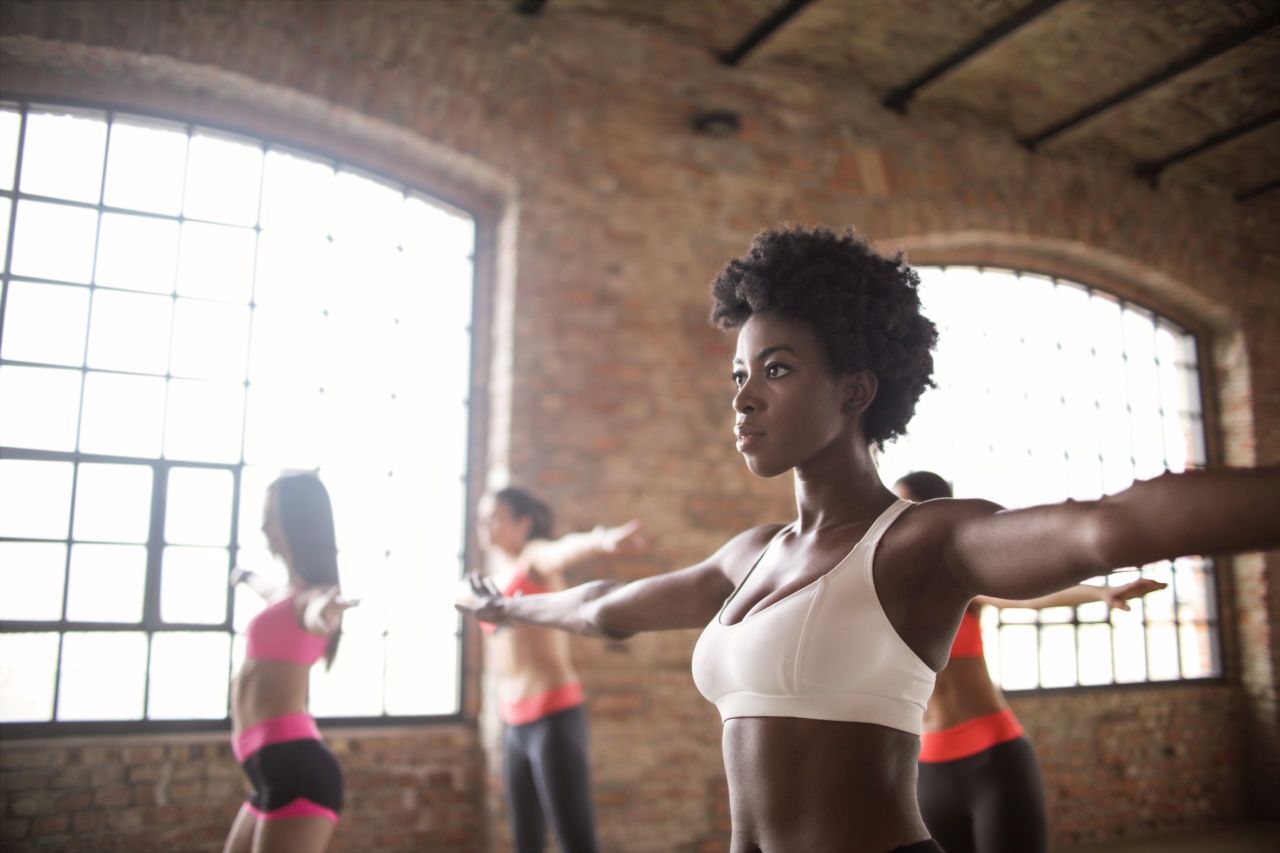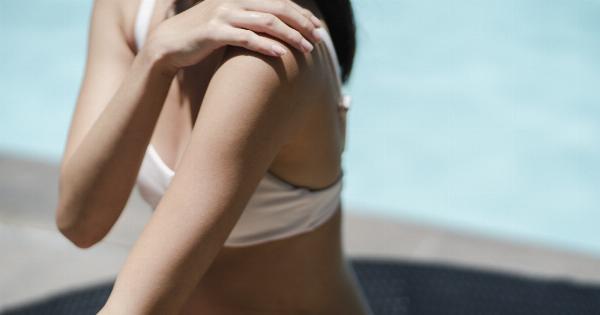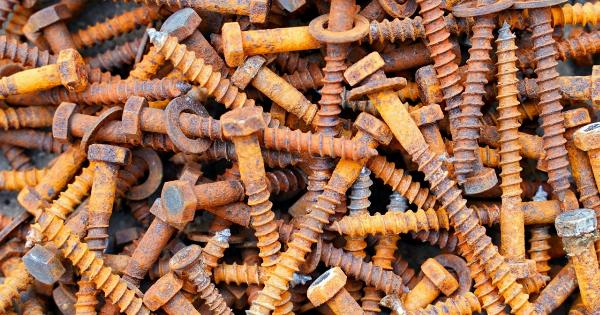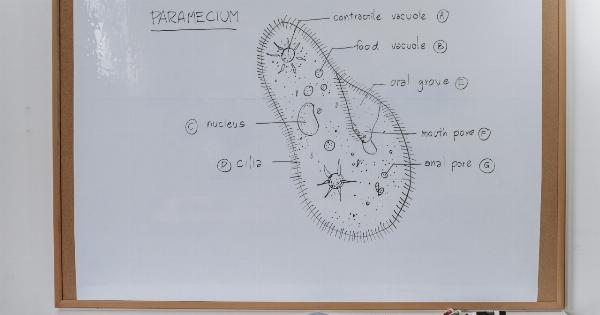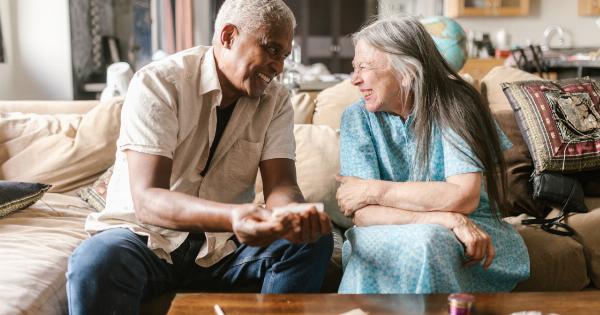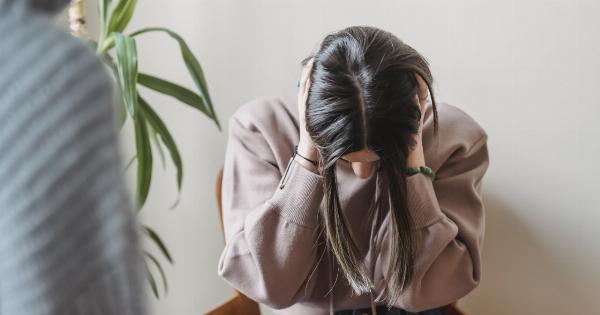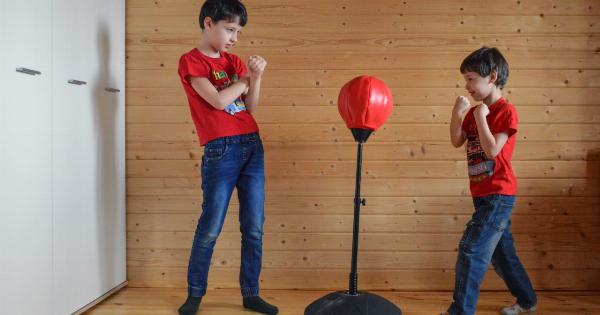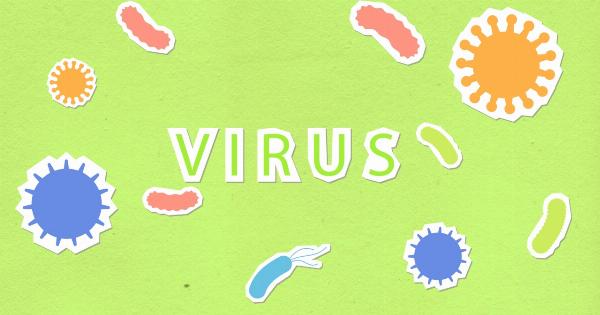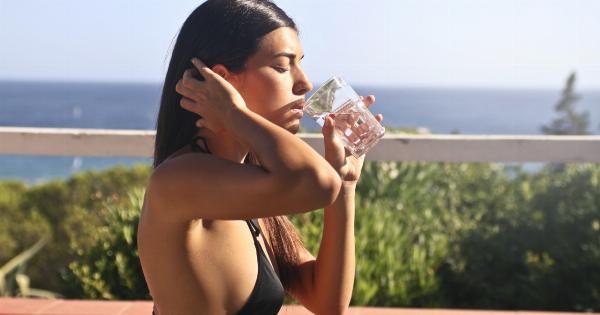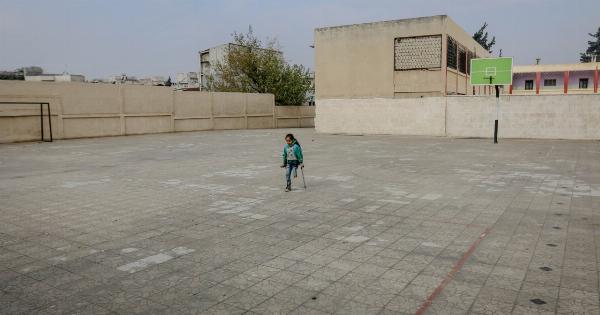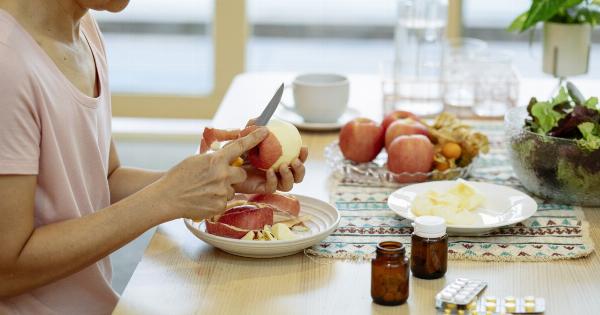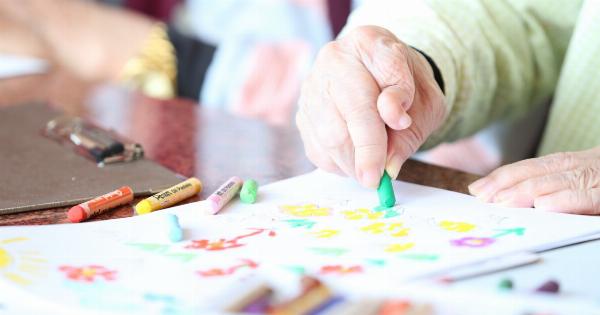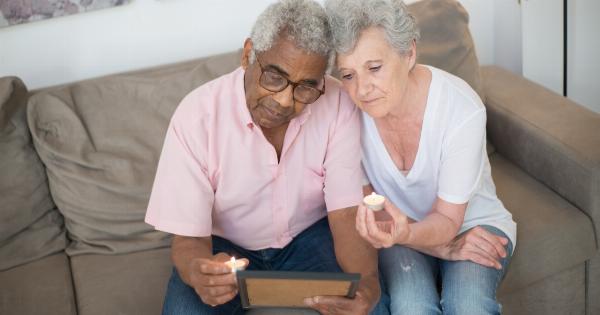Dancing is a beautiful form of self-expression that requires physical efforts and energy. It is a popular activity among people of all age groups, and it offers a great way to exercise while having fun.
But, as with any physical activity, dancing can put stress on your joints. Over time, this stress can lead to joint pain, stiffness, and even injuries, which can impact your ability to dance and lead to long-term joint problems.
The Mechanism of Joint Damage From Dancing
When you dance, you move your body in different directions, and your joints have to withstand the pressure of your movements. Every time you land, twist, turn or jump, your joints are put under stress.
This force can cause the joints to compress and move in ways that they are not built to move, leading to physical trauma.
A particular joint that is heavily impacted by dancing is the knee joint. When you dance, you often jump and land repeatedly, and this can put a significant amount of pressure on your knee joint.
The repeated pressure on the knee joint can wear down the cartilage, which is a cushioning tissue that helps absorb shock.
Worn down cartilage leads to bone-on-bone contact, causing pain, inflammation, and stiffness in the joint.
This type of wear and tear on the joints is what ultimately leads to osteoarthritis, a painful joint condition that can impact mobility and make it more difficult to perform physical activities like dancing.
The Impact of Dancing on the Feet
Another area that is heavily impacted by dancing is your feet. When you dance, you often perform movements that require you to be on your toes, and this can put significant strain on your foot’s structure.
The ball of your foot is a key area that gets most impacted while you tap or perform any other dance movements on your toes. The constant pressure on your toes can lead to inflammation and pain in the ball of your feet.
Dancing can also cause the arches of your feet to collapse, leading to a condition known as flat feet, which can also cause pain and discomfort while dancing.
Common Dance-Related Injuries
When you dance, you also increase the risk of sustaining dance-related injuries. Some common injuries include:.
1. Knee Injuries
Jumps and landings in dance can lead to knee injuries like patellofemoral pain syndrome and patellar tendonitis.
2. Sprained Ankles
When you land awkwardly or while pivoting during dancing, you can suffer a sprained ankle, which can take weeks or months to heal fully.
3. Hip Injuries
Hip injuries like labral tears and snapping hip can result from contortions or twisting movements during dancing.
4. Stress Fractures
Repetitive jumping and landing from a height in dancing can stress the bones of the feet and lead to hairline fractures that cause pain and swelling.
Ways to Minimize Joint Damage While Dancing
If you love dancing and don’t want to give it up, there are ways to minimize the stress on your joints.
1. Warm-Up Before Starting
Always take the time to stretch and warm-up before you start dancing. This gets your blood flowing and helps prepare your joints for the stress of dancing.
2. Wear the Right Shoes
Poor fitting shoes can cause pain, blisters, and injuries. Therefore, it’s essential to wear the right shoes that offer enough cushioning and support for your feet and joints.
3. Listen to Your Body
If you start to feel pain or discomfort while dancing, stop and rest. Pushing through the pain can exacerbate the damage to your joints and lead to long-term problems.
4. Take Breaks
To prevent excessive stress on your joints, take regular breaks while dancing and allow your body to recover.
Conclusion
Overall, dancing is a great form of exercise that comes with many health benefits. However, it’s essential to be aware of the physical toll dancing can have on your joints.
By taking precautions like warming up and wearing the right shoes, you can minimize the stress on your joints and prevent long-term damage. And, if you do experience joint pain or other injuries, be sure to seek medical attention and let your body rest and recover before continuing with your dancing routine.
